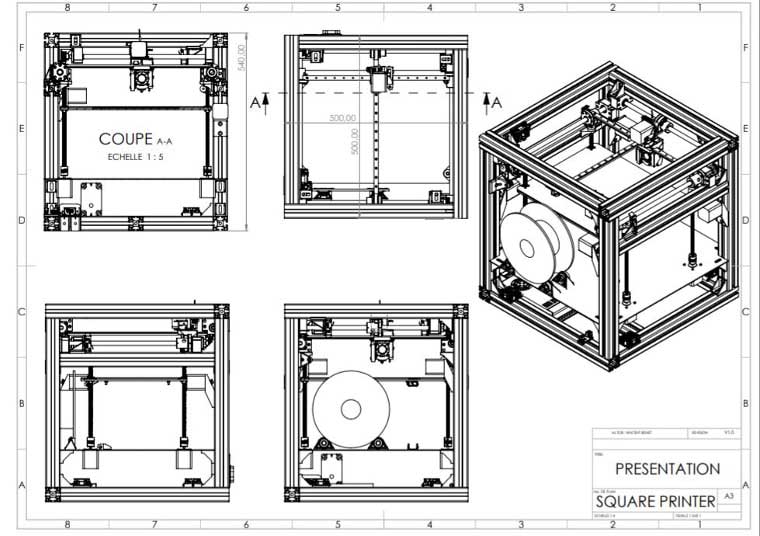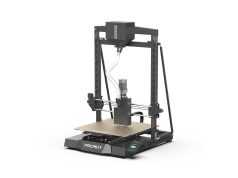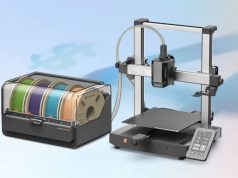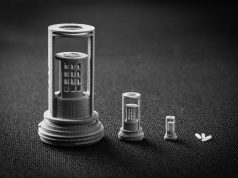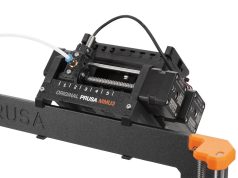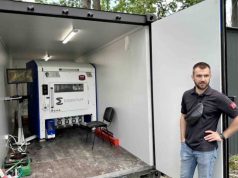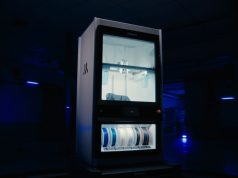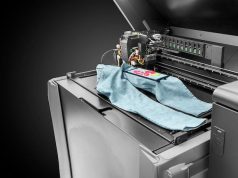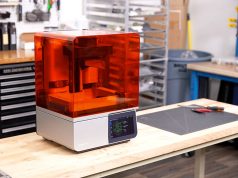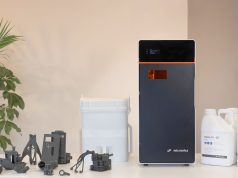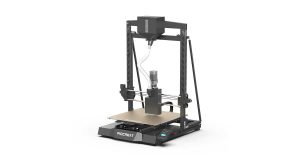The success of 3D printing depends on many factors – from the quality of the hardware and materials to the precise setting of parameters. Precise calibration of the axes plays a decisive role in achieving optimum printing results.
Mechatronics engineer Vincent Bénet has developed a new method to significantly improve the automatic calibration of the X, Y and Z axes. The basic idea behind Bénet’s solution is relatively simple, but very effective: his self-designed 3D printer has two independent motors per axis.
Standard 3D printers normally only have one motor per axis and encounter hysteresis in X & Y positioning because of backslash and elasticity of parts of the cinematic chain.
The backslash of an axis, for a standard 3D printer, cannot be compensated because of the drag from unmotorized carriage, it put the axis in slantwise and the hysteresis magnitude depends on other axis position. By using two motor par axes, the axis is more rigid and have less position error and has only a fixed hysteresis that can be entirely compensated in the firmware. But it requires an axis calibration before each print. No solutions exist yet to calibrate orthogonality of axis.
This new architecture is not compatible with actual existing 3D printers without hardware modifications and is possible only using a new calibration method before each print.
For this reason, Vincent Bénet has developed a solution for calibrating the orthogonality of the axes for his design.
His 3D printer architecture enables him to tilt the printing platform using 4 motors around the X and Y axes in a targeted manner. Using a bed leveling sensor, he now measures the actual positions on the tilted platform. Since it knows the planned positions, there is a difference to the measured values. This deviation can be used to calculate the angle at which the X, Y and Z axes, which should actually be at right angles to each other, should be positioned to compensate for this.
The precise, right-angled alignment of the print axes is extremely important for correct 3D printing. Even minimal deviations from the ideal 90-degree angle can have a negative impact on the dimensional accuracy and surface quality of the printed objects due to the layer-by-layer construction.
“I use a continuous minimization algorithm to determine the actual axis alignment and thus compensate for manufacturing tolerances,” says Bénet, explaining how it works. Instead of making rigid assumptions about perfectly straight mechanics, his system can take the real conditions into account every time.
The advantages are obvious to the developer: in addition to a more precise calibration option, even for large-volume 3D printers, the tolerance requirements and therefore the production costs are reduced. “You can use somewhat coarser, more cost-effective assemblies and correct the incorrect angles in the software,” says Bénet.
So far, the solution still exists as a prototype with a few subcomponents. The next step is the complete integration into the open-source 3D printing firmware Klipper. The technology is open source and can be viewed at https://gitlab.com/vincentBenet/square_printer.
Subscribe to our Newsletter
3DPResso is a weekly newsletter that links to the most exciting global stories from the 3D printing and additive manufacturing industry.



